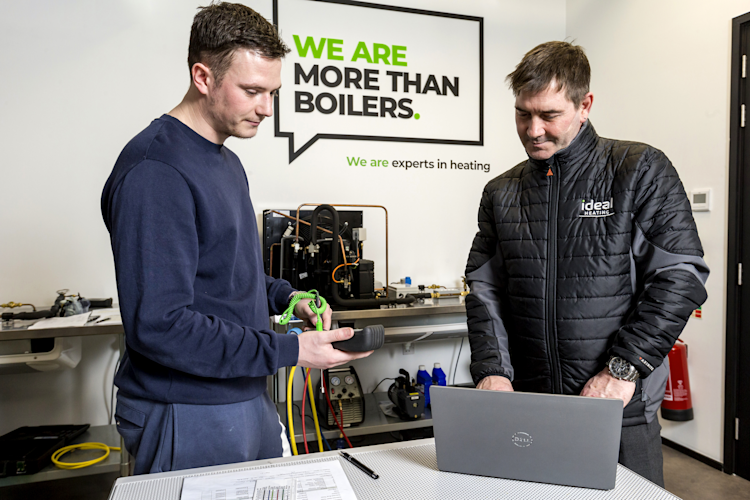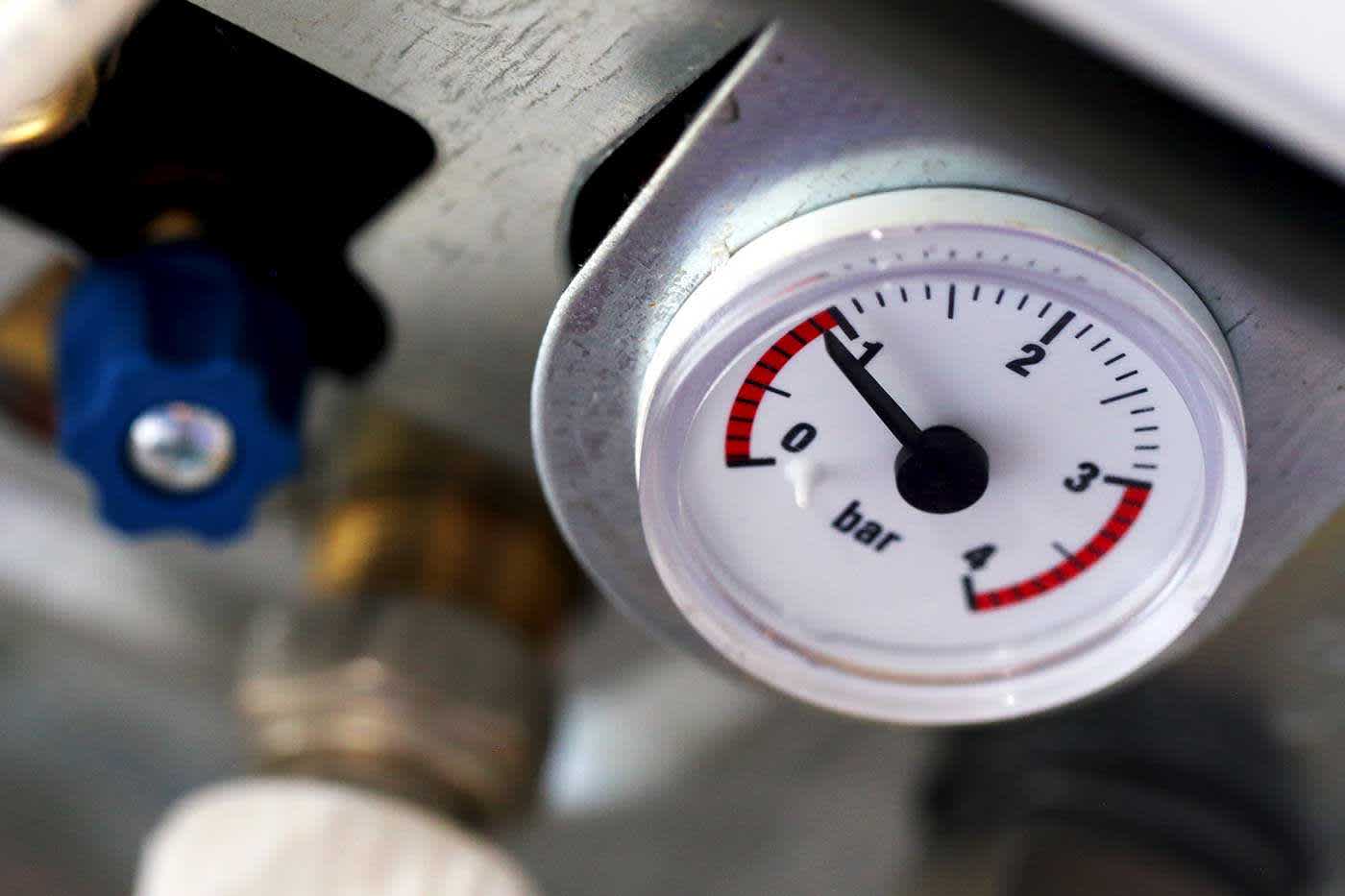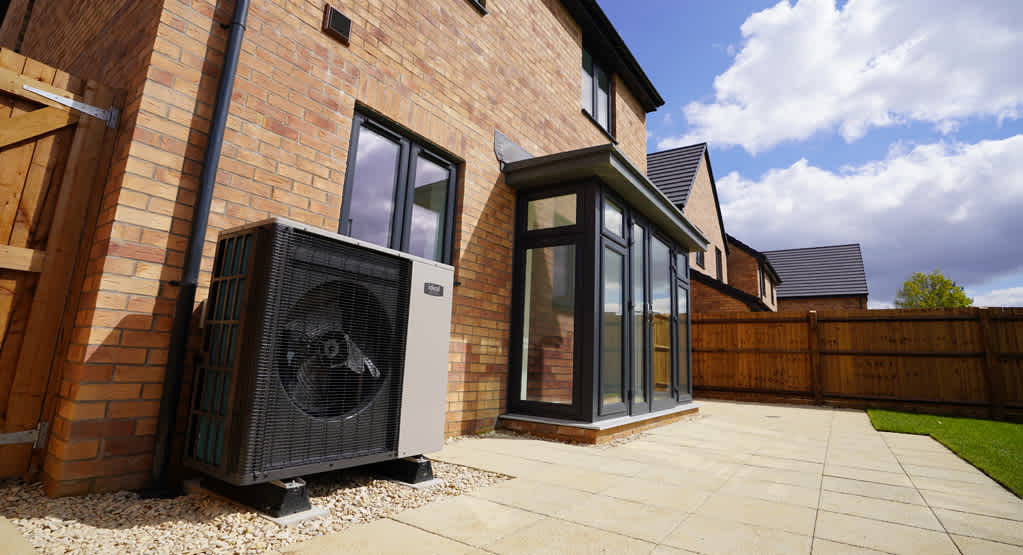
Heat only boiler troubleshooting guide
Heat only boiler troubleshooting guide
Are you experiencing issues with your Heat only boiler? In this Ideal Heat only boiler manual, we'll cover a number of the most common issues this boiler type might encounter, along with guidance on how to fix them.
When troubleshooting your central heating, please remember that any replacements, fixing, and especially anything that deals with your gas supply should only be taken care of by a gas safe engineer.
For a broader look at boilers, read our expert gas boiler guide.
Why has my Heat only boiler switched itself off?
There can be several causes for a Heat only boiler to switch off:
The heat exchanger may be broken, causing a water leak that prevents the boiler turning back on.
Lack of water flow due to a closed radiator valve or air in the system. These issues can be solved by ensuring all valves are switched on and bleeding radiators respectively
Why has my burner turned off?
If your burner switches off, your boiler may be oversized or overpowered. A modern oversized boiler will modulate down and then turn the burner off; it will not switch the boiler on and off as the boiler stays on.
Why does my pilot light keep going out?
Your pilot light is the small gas flame that heats your burner. It is usually only seen on older boilers made before 2000.
It must always be on so that your boiler can produce hot water. Pilot lights can be automatic or manual, but an automatic pilot light should NEVER be ignited manually.
Common causes of a pilot light going out include:
Your gas valve is faulty
The mesh which keeps fluff and lint out of the pilot is blocked
Your thermocouple is faulty
There are high winds in your area or drafts which may cause the pilot to blow out
Your jet is blocked
Most of these issues will require servicing from a gas-safe engineer.
How to ignite an automatic pilot light
Igniting an automatic pilot light is essentially a process of turning it off and on again. However, for your safety, it’s important to follow the steps precisely:
Switch your boiler off at the mains
Remove the access panel
Turn your gas knob off
Let the gas dissipate for fifteen minutes with the window open
Turn the gas control knob back on
Turn the boiler on - a click should signify the pilot light coming on
How to ignite a manual pilot light
Igniting a manual pilot light has a few more steps but is still a relatively simple process.
Turn the gas control knob off
Wait fifteen minutes for the gas to dissipate through an open window
Remove your boiler cover
Locate your pilot light jet
Turn your gas control knob to the pilot setting
Press the gas control knob down to release gas
Light a match and place it in the pilot hole
Wait until the flame turns blue before removing the match from the hole
Hold the knob for a further thirty seconds and release
Why is my Heat only boiler making noise?
While some noise is expected from a Heat-only boiler, out-of-the-ordinary sounds may signify an issue.
A gurgling sound could mean air trapped in the system, which may mean your radiators need to be bled
Banging noises can suggest overheating, which can have a number of causes including thermostat issues, debris in your Heat only boiler or heat exchanger issues
Aeroplane-like noises often signify that your pump needs replacing
Heat only boiler kettling
Whistling noises from your boiler can signify kettling. Our specialist kettling guide can help you address this issue.
Why do I have no heating or hot water?
If you have no heating or hot water, the issue could be caused by a faulty thermostat, a broken diverter valve, or a defective pump, which a gas safe engineer will need to replace.
There is also a chance that you have airlocks blocking your water flow, which can be solved by bleeding your radiators.
Our radiator bleeding guide can help you with this.
Why are my radiators cold?
If your Heat only boiler is working but your radiators are not, this can be worrying. Luckily, most causes have a very simple fix.
The problem may be as straightforward as your radiator valves not being fully open. Turning them with a spanner will solve the issue.
Another common cause is a radiator leak. Place cardboard or paper underneath your radiator to see if there is a leak. Small leaks can often be fixed with some sealant, while larger leaks warrant radiator replacement.
Buildups of air, sludge, limescale and grime are often responsible for malfunctioning radiators.
If your radiators are cold at the top, this is usually trapped air, which can be solved by bleeding them
The bottom of your radiator being cold usually indicates trapped sludge, which can be fixed by power flushing your radiators
If the middle of your radiator is cold, this is probably grime or limescale buildup, which will need descaling
It’s also possible that your radiators and heat-only boiler are the wrong size for one another.
See our Heat-only boiler size guide to check if this is the case.
Why won’t my Heat only boiler respond to the thermostat?
Thermostat issues also have a range of potential causes. The first point of call is to check the timer, which may have switched off due to a power outage or similar issue. If your thermostat is battery-operated, you should also replace your batteries.
As thermostats work by measuring the temperature of your home and turning your boiler on once the temperature drops past a certain point, having your thermostat near a heat source can also cause it to work incorrectly, as it will perceive your home to be hotter than it is.
In many modern homes, smart thermostats allow for even easier temperature control. However, smart heating systems often rely on Wi-Fi, so it’s best to check your connection if you’re having issues.
Your thermostat may also be old and needs to be replaced. In the meantime, you can turn your heating on manually without a thermostat. However, this is not always possible as some Heat only boilers do not have a manual override.
What to do if your condensate pipe is frozen?
If your condensate pipe is frozen, you can often get it up and running again by pouring warm, not boiling, water over it. However, it’s far better to avoid this problem altogether, which you can do by:
Foam pipe insulation
Rerouting your piping so it is more fitted inside the property
Increasing the fall angle of the pipe to improve water flow
Widening the pipe to improve water flow.
See our expert guidance on frozen condensate pipes to learn more.
Looking for a new Heat only boiler?
If your boiler is experiencing regular issues, you may be due for a replacement. See our guide to how long a boiler lasts to see if a new heating system is best for you.
If a new boiler is needed, see Ideal Heating’s excellent range or consider switching to a heat pump with advice from our heat pump guide. To keep your current boiler working well, book a service with one of our gas-safe engineers.


















